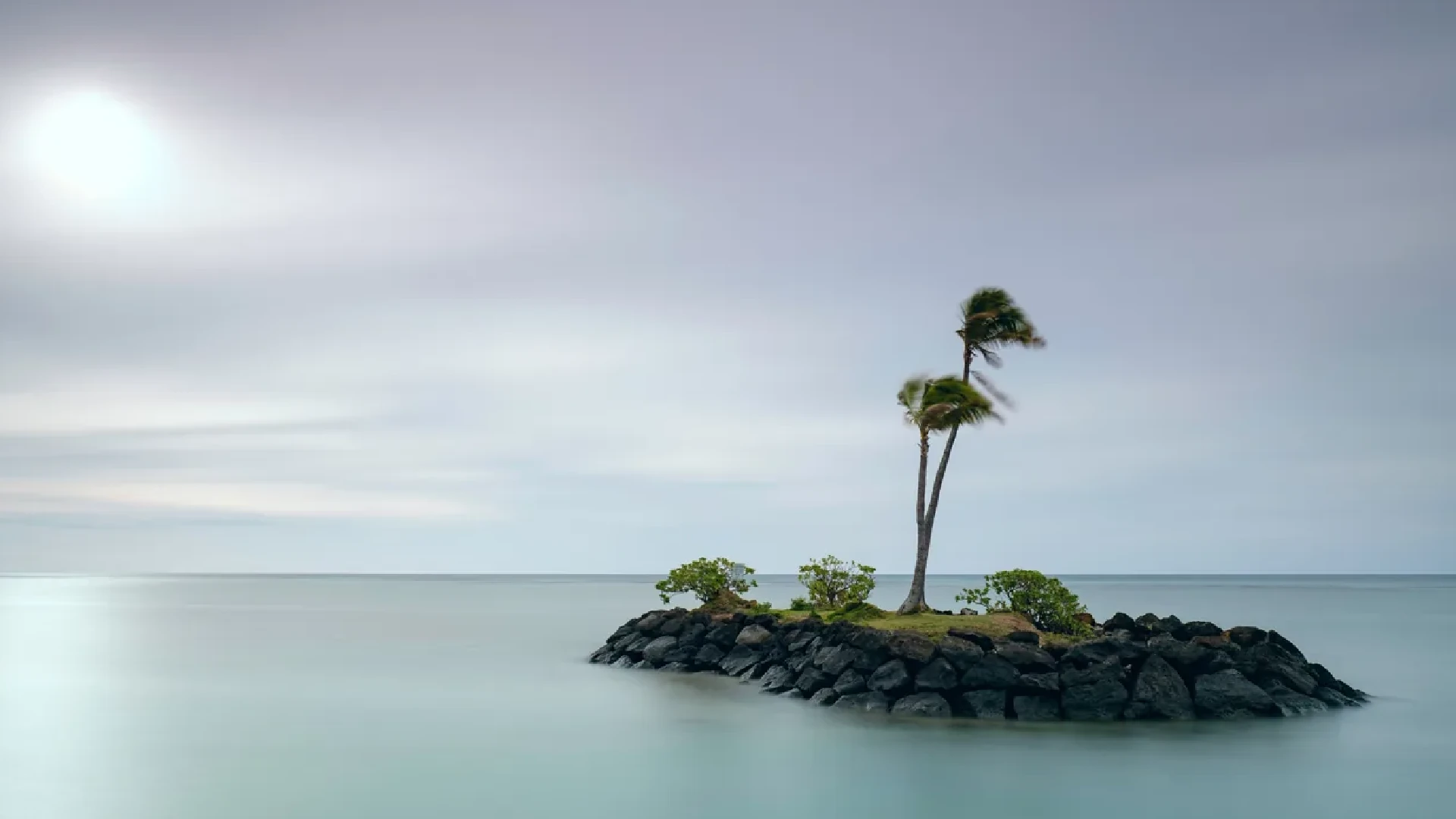In the southwest Pacific Ocean, a new island has formed as a result of an underwater volcano called the Home Reef erupting, spewing lava, ash, and steam. Using satellites, NASA was able to capture images of the new land mass. Near the centre of the island of Tonga, on the Home Reef seamount, is where the volcano is located.
On September 10, there was an explosion that coloured the surrounding water and the island only emerged 11 hours later.
https://twitter.com/NASAEarth/status/1573002443146805249
According to NASA, the size of the young island swiftly increased. On September 14, Tonga Geological Services experts calculated that the island only had 4,000 square metres, or around one acre, of land area. Nonetheless, on September 20, the island had expanded to a size of roughly 6 acres, or 24,000 square metres.
Surges of superheated and acidic saltwater, including volcanic rock fragments and sulphur, are visible in NASA satellite photographs.
Dark Future
- These volcanic islands can live for years, but they frequently vanish a few days later, therefore this island’s days are numbered.
- “An island formed by the adjacent Late’iki volcano’s 12-day eruption in 2020 vanished in less than two months, but a previous island formed by the same volcano in 1995 lasted for 25 years.” NASA said.
- Islands formed by submerged volcanoes are frequently transient, however can may last for years.
- At Home Reef, there are four known eruption periods, including eruptions in 1852 and 1857. Small islands emerged momentarily following both instances.
Cover Image: Representative Image
